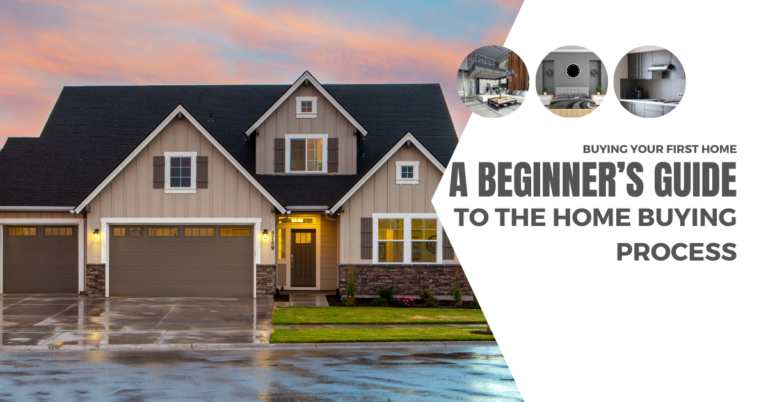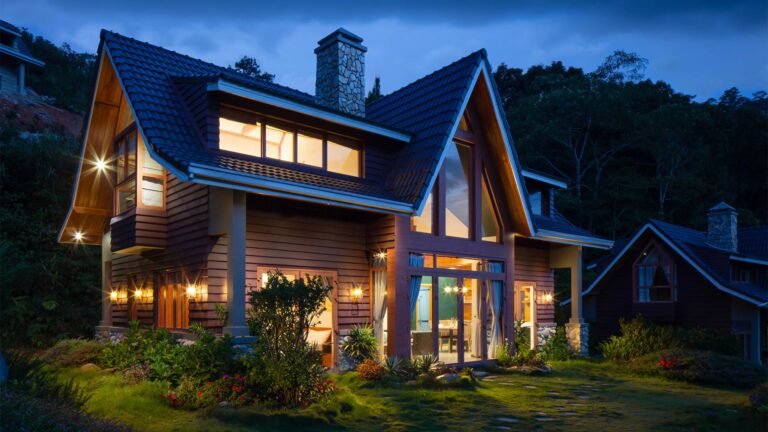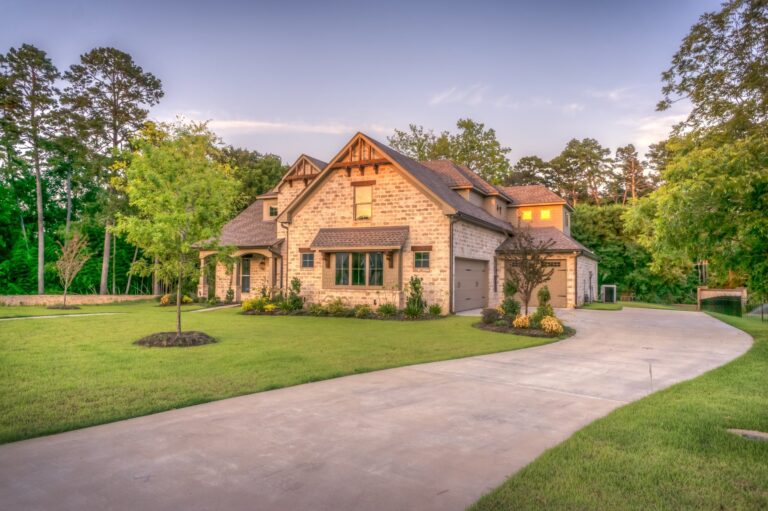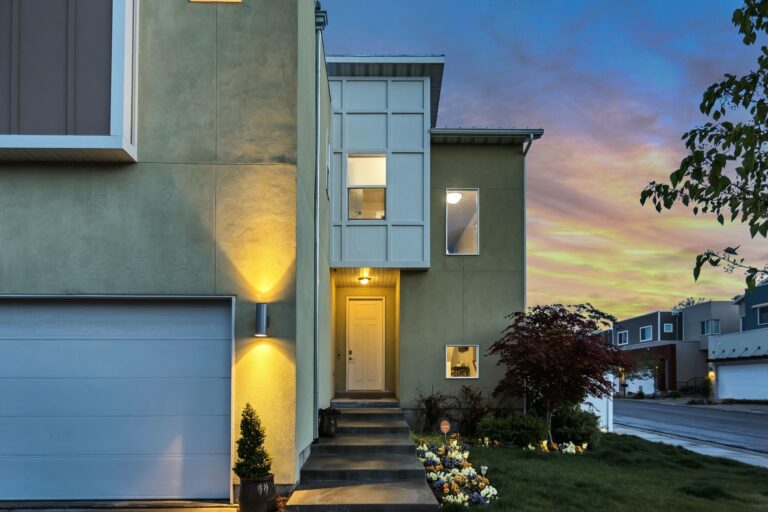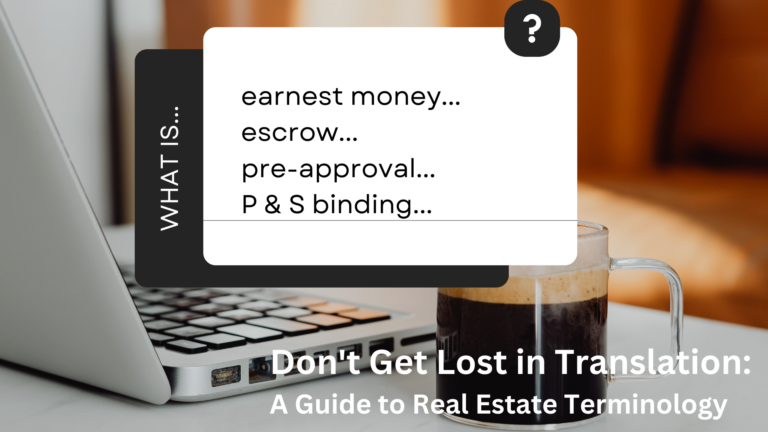The Pros and Cons of Investing in a Fixer-Upper Home
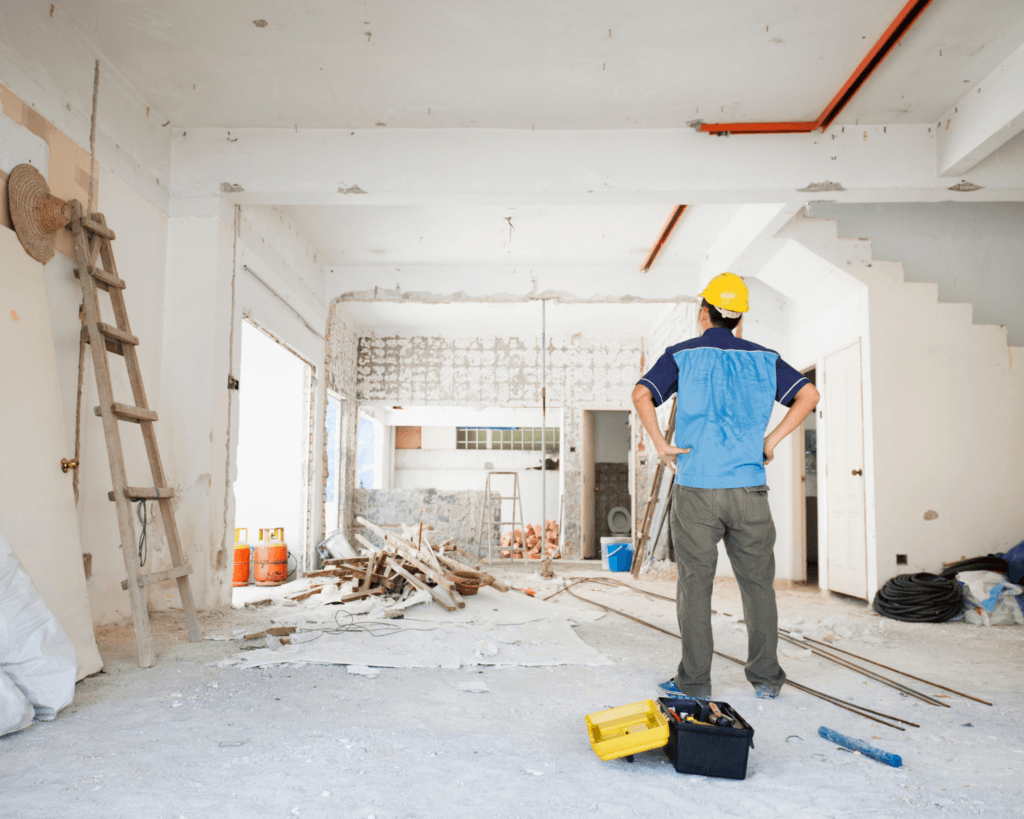
Buying a fixer-upper home can be an attractive concept and a financially sound decision whether you are looking to remodel and live in the property or seeking to expand your financial portfolio through rental or resale. However, before making this investment, it’s essential to understand the pros and cons associated with it. This knowledge will help you make an educated decision on your next real estate purchase.
A fixer-upper home is a property purchased at a discount because it requires updating or renovation. These homes are often sold “As Is,” meaning they come with existing issues that need attention. The extent of renovation needed can range from simple cosmetic changes like painting, updated cabinets, and flooring to significant overhauls involving electrical, subfloor, roof, plumbing, or even complete remodeling. The definition of a fixer-upper home varies from person to person based on their vision for the property. No matter the condition, investing in a home that needs attention requires emotional, mental, and financial preparation.
From someone with creative vision and a passion for home improvement to savvy real estate investors recognizing the potential opportunity, there are compelling reasons to consider buying a fixer-upper home.
Families may choose fixer-uppers due to the price point and their willingness to invest “sweat equity” into the property. Some may opt for a home that requires updating or remodeling because it is located in their desired area and meets most of their needs, except for one aspect they are willing to tackle themselves. For instance, a young couple looking for their first home might be willing to take on DIY projects to purchase a home in their desired neighborhood at a lower price (see testimonial video).
Real estate investors may consider fixer-uppers for flipping or rental purposes. Purchasing a property at the right price and renovating it can create substantial potential for profit.
When considering the purchase of a fixer-upper home it is important to explore the possibilities through examination of its pros and cons.
This diligent evaluation will ultimately steer you towards making the most informed and favorable decision for your real estate investment.
PROS:
Cost savings: Are you comfortable with putting in some “sweat equity” and can overlook outdated decor and style? Is the size of the home more important than its appearance to you? If you answered yes to any of these questions, then buying a fixer-upper with focus on the layout or style could save you money. Don’t forget that it all begins with the purchase price and your net sheet. Always conduct your due diligence by having contractors and inspectors check the house for any potential hidden costs. A fixer-upper might save you money.
Customization: Buying an outdated or As-Is home in a perfect location can offer the opportunity to customize the property to your liking, especially in a competitive seller’s market. Are you looking for a specific feature, such as a second primary bedroom, basement, or large kitchen, but not finding it in available homes? This might just be the ideal solution.
Remember to ensure that you are getting the house at the right price by conducting comparisons (comps) to see what similar houses in the area are currently selling for. Calculate the expenses involved in the renovation process, and at the end of the day, determine the estimated value of the house after the improvements. Armed with this information, you can make informed decisions about whether to proceed with enhancements or modifications to suit your preferences and needs becoming your dream home.
Potential for profit: The most significant profit potential lies in buying the property at the right price. If you can purchase the property, renovate it within budget, and increase its value significantly, you can build substantial equity. For instance, let’s say you are purchasing the property at $100,000, allocating a budget of $25,000 for renovations and accounting for hidden costs, resulting in a total investment of $125,000. Now, after completing the upgrades, the property’s value has increased to $200,000, meaning you have built in equity of $75,000.
CONS:
Hidden costs: Rushing into a purchase without proper due diligence can lead to unexpected expenses, especially when buying a property “As Is.” Always perform inspections and allocate a portion of your budget for unforeseen costs. Deciding to waive the inspection or due diligence period is akin to buying a property sight unseen, as you are signing without taking a closer look at what’s behind the walls. This could lead to numerous hidden costs that you have not accounted for, such as plumbing issues, electrical problems, water damage, or septic repairs.
Our team strongly recommends always conducting an inspection and allowing ample time for thorough due diligence. (Realtor Note: Make sure you know exactly how much time you need to include in your offer, ensuring that you have the right to perform an inspection.) You can still choose to accept the house “as is,” but having the option to conduct an inspection provides you with a safety net. For instance, you may set a five-day inspection period. If something concerning comes up during the inspection or if you don’t feel comfortable proceeding after the inspection, you can walk away and retrieve your earnest money. However, if you decide to move forward, you are essentially agreeing to buy the property “As Is.”
Even with comprehensive preparation and careful consideration, it is wise to follow a good rule of thumb by setting aside around 20% of your budget to account for potential hidden costs. This buffer can protect you from unexpected expenses that may arise during the renovation or remodeling process.
Time and effort: Time and effort are the most miscalculated aspects of a fixer-upper, primarily because we tend to underestimate the time it will take.
First, ensure that you have your contractors in place and a well-planned schedule. In today’s market, this means getting your contractors on board and scheduled before you close the deal. Remember, you should inspect the property with your contractors to obtain both a financial and time estimate, which should be added to your net sheet before finalizing the purchase.
If you plan on tackling some or all of the projects yourself, create a comprehensive list of all the tasks involved and remember to factor in time for preparation and clean-up. Additionally, consider the “Planning Fallacy” (first coined in 1977 by psychologists Daniel Kahneman and Amos Tversky), which refers to our tendency to underestimate the time required to complete a task. To counteract this, add more time to your projected schedule. Add a work day in between jobs that are dependent upon once contractor finishing up before the next one can start. Then double the time estimate for any projects you are looking to tackle.
Organizing your schedule and having your contractors in place will be crucial to ensure a smooth and efficient renovation process. Proper planning and realistic time estimates can help you avoid delays and unexpected challenges along the way.
Uncertainty of the outcome: Real estate investments inherently carry uncertainties, but conducting thorough research and completing a net sheet with real numbers can reduce potential risks and enhance profitability. Doing your homework upfront reduces the uncertainty of the outcome, which includes researching the selling prices of properties in the vicinity. Specifically, pay attention to the price per square foot, as that is a critical factor appraisers consider. Completing a net sheet with real numbers, conducting thorough due diligence, and having your contractors lined up with estimates will put you on the path to making a profit.
Remember that real estate tends to increase in value over time, although there may be periods of leveling off. Understanding the selling prices of neighboring properties and their price per square foot is crucial since that’s precisely what appraisers take into account when evaluating a property’s worth. By being well-informed and prepared with accurate data, you can make more informed decisions and increase your chances of a successful and profitable fixer-upper investment.
Other considerations before buying a fixer-upper home:
- Check for building restrictions (e.g., HOA, historical regulations) and how they might impact your renovation plans.
- Verify city and county permit requirements and codes for your planned renovations.
- Determine whether you’ll live in the property during renovations or not.
- Decide on your investment timeframe, whether you plan to live in the property for an extended period or flip and sell it (consider capital gains taxes in the latter case).
- Choose materials wisely, focusing on those that add value to the property and timeframe to acquire the materials.
In conclusion, buying a fixer-upper home can be a rewarding investment, but it also comes with risks and challenges. By carefully weighing the pros and cons, considering essential factors, and devising a solid plan, you can increase the likelihood of a successful outcome.
If you’re interested in purchasing a fixer-upper home, reach out to a trusted real estate agent who can guide you through the process and offer valuable insights. Consider consulting with a contractor or home renovation expert to better understand the costs and work involved. Lastly, KW-Jay Hudson Homes agents have work with investors, flippers, and families looking to purchase and sell fixer-uppers. We will gladly sit down to discuss your real estate goals and if buying a fixer-upper will help you reach those goals.

